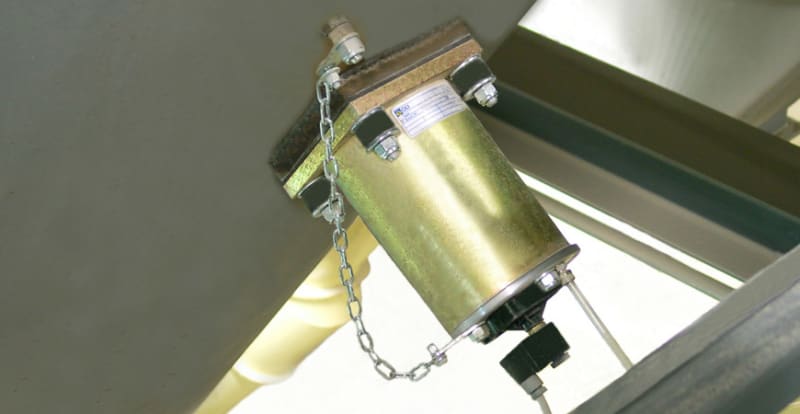Hi, just wondering what people have done for design of bin and structure, as it relates to silo quaking.
BS EN 1991-4 mentions it but says standard is limited for this.
Failures have occurred, recall reading that in one instance failure occurred after one week of operation.
Wondering what's normally done, and if there's any design guides which give steps on what to do.
BS EN 1991-4 mentions it but says standard is limited for this.
Failures have occurred, recall reading that in one instance failure occurred after one week of operation.
Wondering what's normally done, and if there's any design guides which give steps on what to do.

